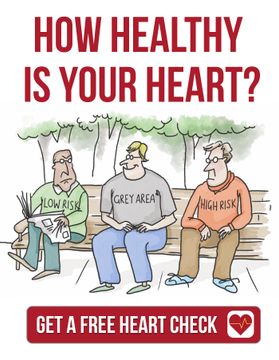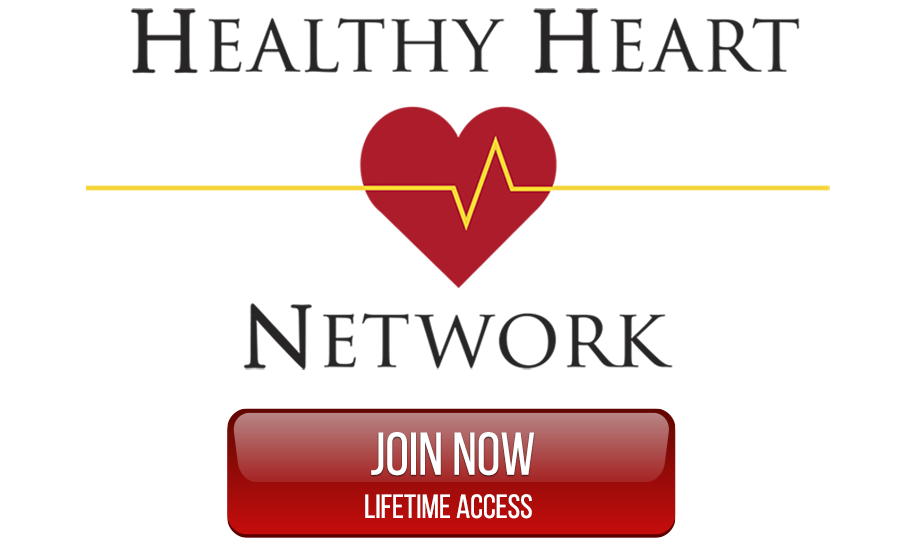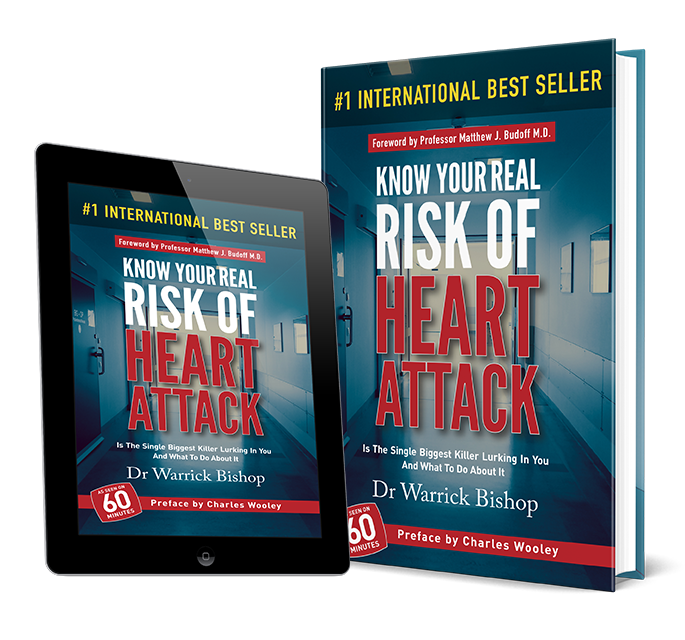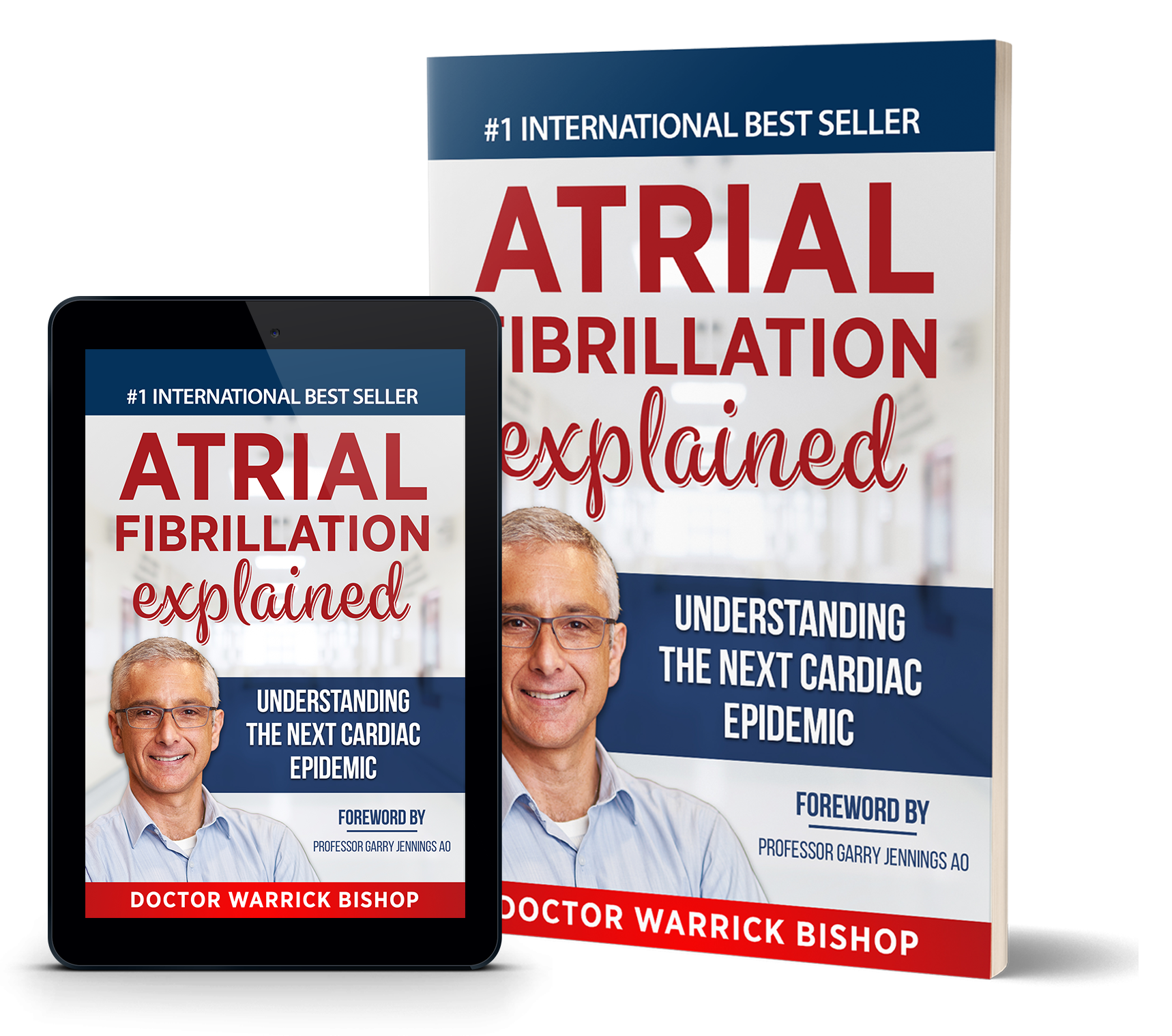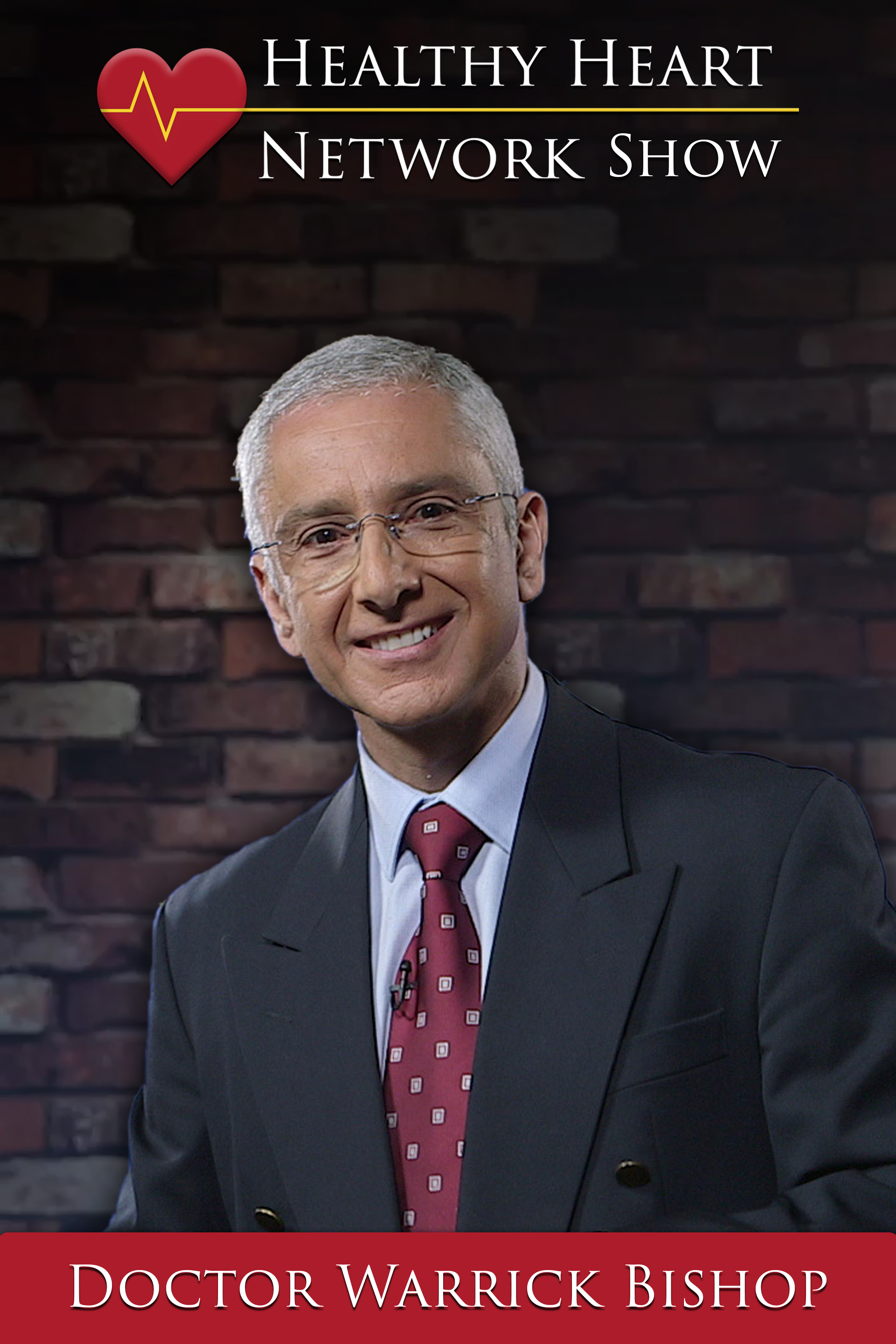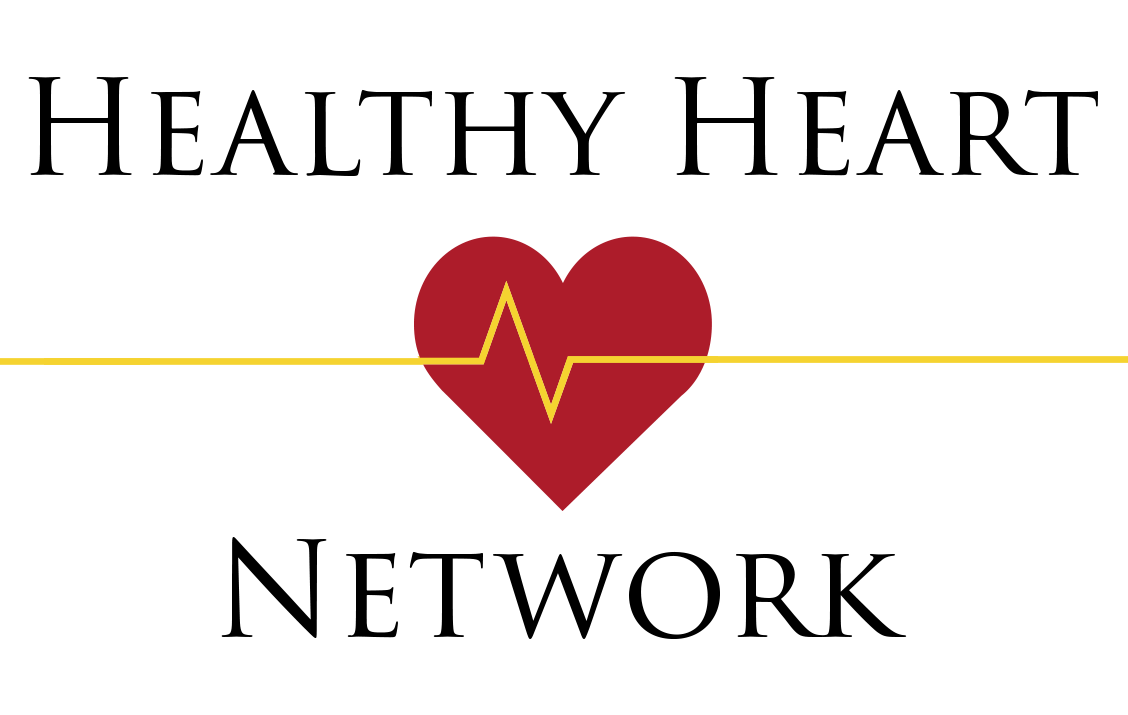Welcome back to part two of the miniseries. My name is Dr. Bishop. I'm a cardiologist and I'm focused on prevention. I just want to remind you that I believe heart attacks are preventable. And at the end of the day, I want to see you live as well as possible for as long as possible by avoiding heart attack.
Well, heart attack is all too common. We know that. But what are the significance of things like raise cholesterol? We hear it in the media all the time. Should we eat eggs or not eat eggs? If there's a high cholesterol in the family, is that good or bad? There's a lot of confusion out there. What do we do with blood pressure? What is a perfect blood pressure? I think most of us know that you shouldn't smoke, but what is the impact of smoking on heart disease and risk of heart attack? What should you do about it? And what do we mean by family history? Well, does that mean that anyone in the family at any age has had a heart attack, or is it more specific than that?
What a heart attacks appear to come out of the blue? And what if we could be more proactive in preventing heart attacks occurring? Well, that's what I'm all about. You would know as well as I do that we see stuff in the media all the time. Here's a picture of a checklist that turned up in a magazine or a newspaper. It's got all the stuff on there that we all know about, things like keeping your blood pressure down, not smoking, being active, maintaining your weight and eating well. Well, of course, people do that over and over, but people are still dying from heart attacks. So what's the gap? What's the missing link? Why is just doing these simple things not enough? It's not enough even for the stars, the famous people who you would think have the resource to do better and prevent themselves from running into troubles. So let's break that down and think about what our current model of care is, and then we can talk about how we can improve on that. What I'd like to do is start off with a risk calculator, and these are pretty standardly used right across the board for trying to understand an individual's risk of heart attack. Let's go through it.
If you listen to the first miniseries episode, you remember, I spoke about a fun runner who literally had a heart attack during a fun run. Well, let's use characteristics that are pretty similar to what the fun runner had. He was male. He was in his early fifties. His blood pressure was just a shade elevated. His cholesterol was pretty unremarkable, and his good cholesterol was also pretty unremarkable. He didn't have diabetes and his ECG didn't show features of LVH, which means Left Ventricular Hypertrophy or thickening. If you look at the image there, you'll see that the risk estimated by this risk calculator, six percent of an event over the next five years and in fact, gives a green thermometer, providing some reassurance. But of course, that doesn't make sense because our fun runner actually had an event.
He had a heart attack, and he would have died had it not been for people around who resuscitated him. So let me put to you the way I think we should be interpreting this risk calculator. Instead of saying that it indicates a risk of six percent over the next five years, what we should say and what I should have said to this man in 2003 is this, I should have said, “Fun runner, based on your characteristics, this risk calculator is telling me that if I take 100 men with the same characteristics and follow those 100 men for five years, six of those men, i.e. a 6% will have a heart attack.” I just don't know who out of the hundred are the six, because over the next five years, your event rate will either be zero percent, nothing happens to you or one hundred percent as it actually did happen for the fun runner. Let me see if I can present that in a slightly different way. Here’s a cartoon which is lighthearted but serious. This is the 50-year-old male 100 voice choir and the choir master standing out the front and he says, “Okay, guys, I've spoken to the doctor, and he says 10 to 15 of you will have a heart attack in the next ten years. Can I just ask that it's not all the tenors?”
Well, what if we took that 50 year old man, 100 voice choir, and we could literally look at each of those individuals taking a picture of their arteries to try and see whether they're healthy or not, looking at the inside, no longer trying to guess from a roll of the die on a risk calculator. If we could look straight into their heart, straight into their orders and see what's going on. What a difference that can make. Well, here are some pictures showing us hearts where there's an indicator of something going on. You can see a green circle- no problem. In two red circles, something going on in the heart, in the arteries, something to give us more information, to be more precise for those individuals. Because what I'm all about is the current medical literature in combination with utilizing current technology. I've been doing this for about ten years and I'm passionate about finding problems before they occur. I think I mentioned in the first miniseries video that I often say to my patients, “I have two skill sets. One is to fix you up after you've had a problem. But I also have the skill set of preventing a problem in the first place. What would you rather me use?”
I believe it's really important to improve heart health, and the way I do that is through education and support because I believe we can save lives and there is a way to do things better. So how did I get here? How did I get fired up, engaged and passionate about trying to save lives, trying to help you live as well as possible for as long as possible? Well, the fun run a story really kicked it off for me. It made me realize I had to look for better ways. I realized that I need to be open to changes in technology. And that occurred when I found that change in technology and it was all about scanning the heart. I started to share that information with my colleagues, local cardiologists. I had to say I was early, an early adopter of that technology. To a large degree, I felt like a pioneer receiving the arrows. I also went and shared this information with the local doctors. And honestly, because it was still early and the cardiologists in the town hadn't picked up and supported the use of this technology, the local doctors, the family doctors really didn't embrace it either. From a platform of some frustration, wanting to get this message out there, I decided that the person who is most, is going to benefit the most, from knowing the information is the patient. And I then set out to give patients that information in their hands so that they could be best informed to make the best decisions about their own health care.
So this is where I am. I'm sharing with you because I know that not all doctors are familiar with the technology and how it could help you. I'm also aware that the best educated patients get the best health care. So let me educate you to your best health outcome.
So I want to show you a path to your best heart health. Join me in part three of the miniseries to learn about how we scan the heart to evaluate risk of heart attack. I'll see you there. In the meantime, I believe heart attacks are preventable. And thank you for your attention.
>>> Join The Healthy Heart Network https://healthyheartnetwork.com/page/join. <<<<<
Hi, my name is Warrick Bishop and I'd just like to make something clear - that the information I'm sharing with you at this stage is to my knowledge as accurate and complete as possible. It is also a representation of my own approach to the clinical situations I deal with with my own patients. It's really important you don't rely on this information in isolation, but that you use this information in conjunction with your own medical practitioner, who really is in the best place to provide you with your specific medical requirements and needs. The intent of this information that I've been providing is really to allow you to be informed and be educated around heart health so that you can get the most meaningful conversation with your medical provider, for your best outcome. I wish you the best of health.



